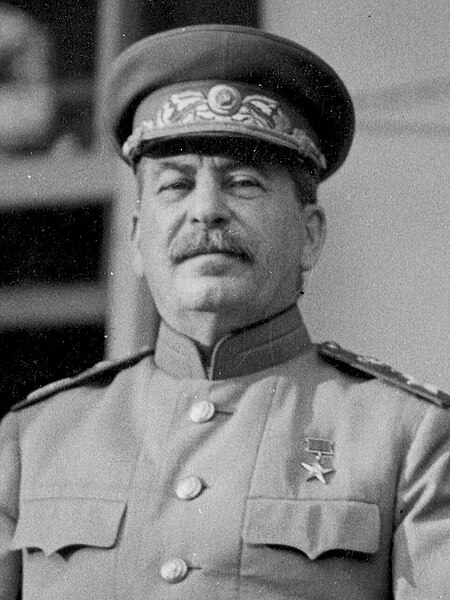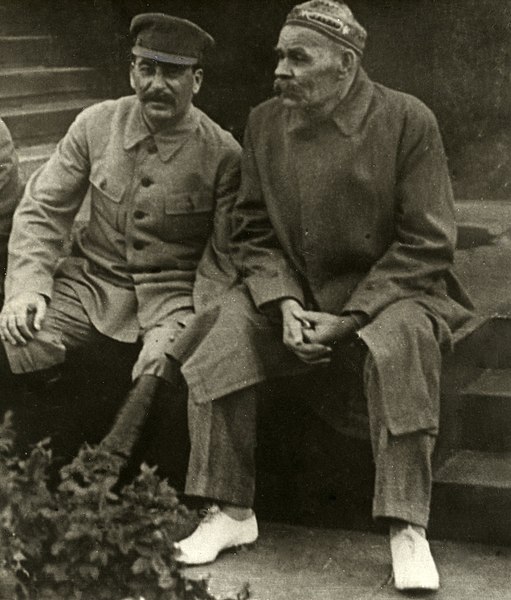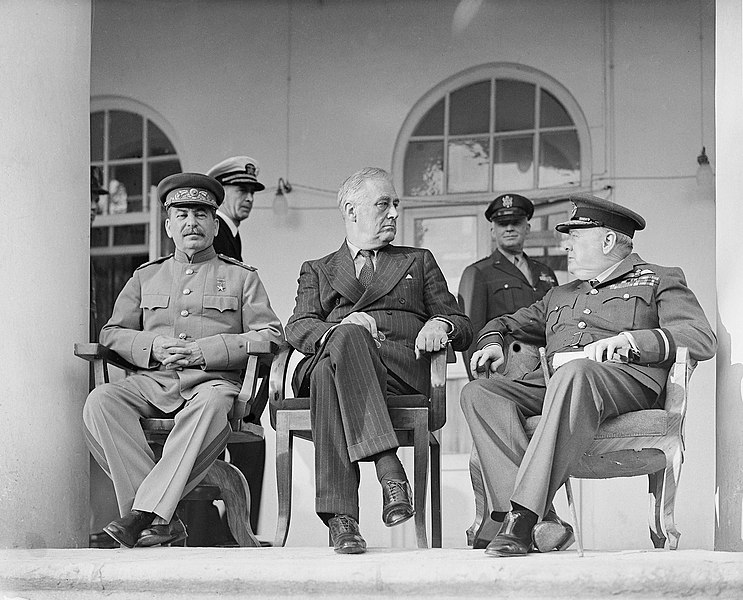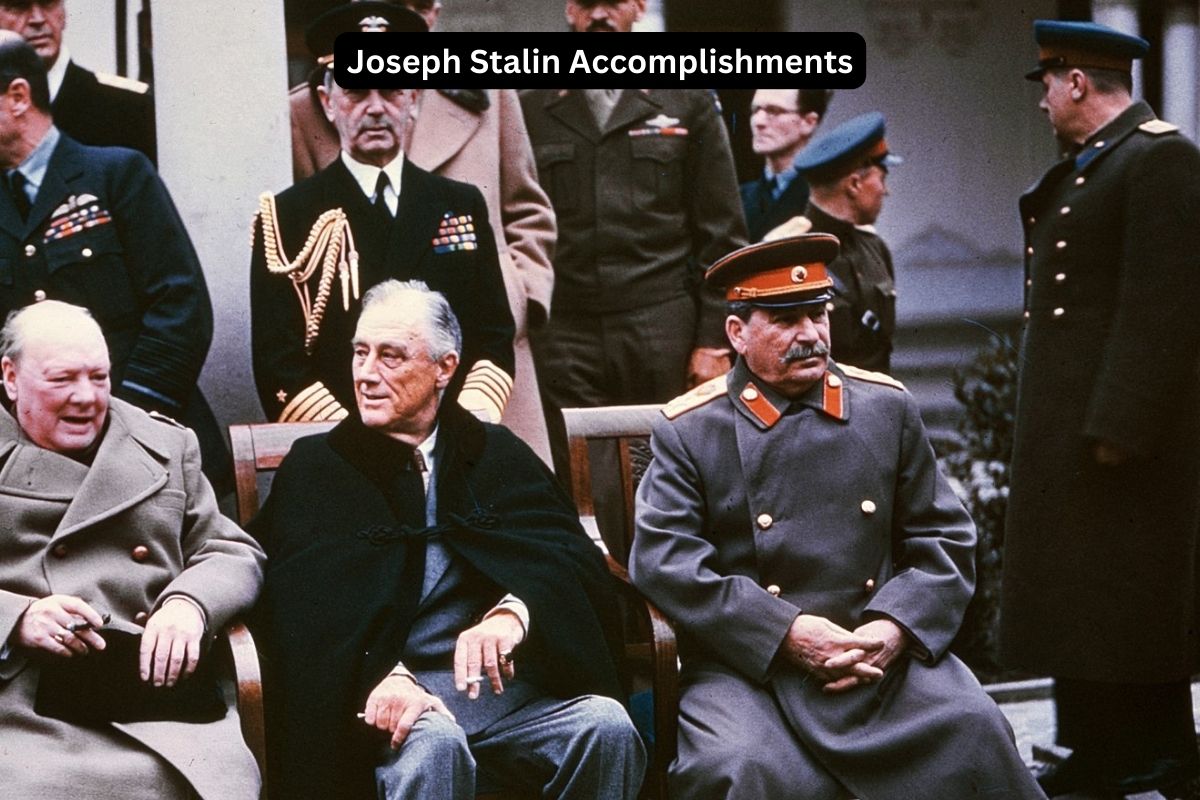Joseph Stalin, one of the most polarizing figures of the 20th century, continues to evoke debate and controversy over his legacy.
While his leadership of the Soviet Union saw significant achievements in industrialization, victory in World War II, and expansion of Soviet influence, it was also marked by brutality, repression, and widespread human suffering.
This article aims to provide a nuanced examination of Stalin’s accomplishments, acknowledging both the positive transformations and the darker aspects of his rule.
By reassessing Stalin’s impact on Soviet society and the world stage, we can gain a deeper understanding of his complex legacy and its enduring implications.
Accomplishments of Joseph Stalin
1. Industrialization of the Soviet Union
Stalin implemented ambitious industrialization programs, notably the Five-Year Plans, which aimed to rapidly transform the Soviet economy from primarily agrarian to industrial. These plans focused on developing heavy industries such as steel, coal, and machinery production.
The construction of factories, infrastructure like railways and power plants, and the implementation of new technologies were prioritized to boost production.
Also Read: Joseph Stalin Timeline
While this led to significant economic growth and modernization, it also came at great human cost, with harsh working conditions, forced labor, and widespread shortages of consumer goods.

2. Collectivization of agriculture
Stalin’s collectivization policies sought to consolidate small farms into larger collective farms, known as kolkhozes, and state farms, known as sovkhozes. The rationale behind collectivization was to increase agricultural productivity, facilitate mechanization, and promote socialist ideals of communal ownership.
Also Read: Soviet Union Facts
However, the implementation of collectivization was marred by violence, coercion, and the forced seizure of land from kulaks (wealthier peasants), leading to widespread resistance and a devastating famine in Ukraine known as the Holodomor, which resulted in millions of deaths.
3. Victory in World War II
Stalin’s leadership during World War II played a pivotal role in the defeat of Nazi Germany.
Despite initial setbacks and the signing of the Molotov-Ribbentrop Pact, which divided Eastern Europe between the Soviet Union and Nazi Germany, Stalin’s leadership ultimately mobilized the Soviet Union’s vast resources and manpower to repel the German invasion during Operation Barbarossa.
The Soviet Union’s resilience, coupled with decisive victories such as the Battle of Stalingrad and the Siege of Leningrad, turned the tide of the war on the Eastern Front, leading to the eventual defeat of Nazi Germany in 1945.
This victory solidified the Soviet Union’s status as a superpower and cemented Stalin’s place in history as a wartime leader, albeit at the cost of millions of Soviet lives.
4. Expansion of Soviet influence in Eastern Europe
Following World War II, Stalin’s Soviet Union expanded its influence across Eastern Europe through a combination of military occupation, political manipulation, and establishment of communist regimes.
This expansion was solidified through agreements made at the Yalta and Potsdam conferences, where the Allies recognized Soviet “spheres of influence” in Eastern Europe.
Stalin installed pro-Soviet governments in countries like Poland, Hungary, Czechoslovakia, Romania, Bulgaria, and East Germany, leading to the establishment of satellite states under Soviet control.
This expansion of Soviet influence intensified Cold War tensions between the Eastern Bloc, led by the Soviet Union, and the Western Bloc, led by the United States.

5. Promotion of education and literacy
Stalin’s regime placed significant emphasis on education and literacy as part of its efforts to modernize Soviet society. The government invested in expanding access to education at all levels, from primary schools to universities, and promoted literacy campaigns aimed at eradicating illiteracy among the population.
New schools were built, and educational opportunities were extended to previously marginalized groups, including women and rural communities.
This focus on education contributed to significant improvements in literacy rates and the development of a more skilled workforce to support industrialization and economic growth.
6. Early groundwork for Soviet space exploration
While Stalin’s leadership era ended before the advent of the Soviet space program, his policies laid the groundwork for subsequent achievements in space exploration.
Under Stalin, Soviet scientists and engineers made significant advancements in rocketry and space technology, often in the context of military applications. The development of long-range ballistic missiles, such as the R-7 rocket, paved the way for future successes in space exploration.
After Stalin’s death, the Soviet Union launched Sputnik 1, the world’s first artificial satellite, in 1957, marking the beginning of the Space Age and initiating a series of space exploration milestones, including the first human in space, Yuri Gagarin, in 1961. These early achievements built upon the technological foundation established during Stalin’s era.
7. Support for cultural development
Despite strict censorship and state control over artistic expression, Stalin’s regime supported cultural development in various forms.
Soviet literature, cinema, visual arts, and performing arts experienced periods of innovation and creativity, albeit within the confines of socialist realism, which emphasized optimistic portrayals of Soviet life and glorification of socialist values.
Notable literary figures like Boris Pasternak and Mikhail Sholokhov emerged during this period, along with acclaimed filmmakers such as Sergei Eisenstein and Andrei Tarkovsky.
While artistic freedom was limited and dissenting voices were often suppressed, cultural achievements under Stalin contributed to the enrichment of Soviet society and its global cultural influence.

8. Advocacy for women’s rights in theory
Stalinist policies promoted gender equality in theory, advocating for women’s participation in the workforce and providing certain rights such as access to education and employment.
The Soviet government implemented measures to improve women’s status, including granting suffrage, promoting women’s education and professional training, and encouraging their participation in various sectors of the economy and politics.
Women played essential roles in the industrial workforce, education, healthcare, and cultural spheres. However, gender equality was not fully realized, and women still faced significant challenges and discrimination, particularly in terms of career advancement, wage parity, and representation in leadership positions.
9. Promotion of urbanization
Stalin’s industrialization drive spurred significant urbanization as people migrated from rural areas to cities in search of employment opportunities in the burgeoning industrial sector.
The Soviet government invested heavily in urban infrastructure, including the construction of new cities, residential complexes, factories, transportation networks, and public amenities.
Urban centers like Moscow, Leningrad (now Saint Petersburg), Kiev, and others experienced rapid expansion and modernization during this period. Urbanization brought about profound social and demographic changes, transforming the Soviet Union into a predominantly urban society and creating new opportunities and challenges for its inhabitants.
10. Stabilization of the Soviet Union after the Russian Revolution
Despite the turmoil and upheaval of the Russian Revolution and the subsequent Civil War, Stalin’s leadership provided a sense of stability and centralized control to the Soviet Union.
Following the chaotic transition from tsarist rule to communist governance, Stalin’s authoritarian regime consolidated power, suppressed internal dissent, and established a rigid hierarchical structure within the Communist Party and state apparatus.
This centralized authority helped maintain social order, prevent internal conflicts, and resist external threats, contributing to the survival and territorial integrity of the Soviet Union during a tumultuous period in its history. However, this stability came at the cost of individual freedoms, political repression, and widespread human rights abuses under Stalin’s rule.
